Large Captured German Combat Map of 'Epinal' France Sector

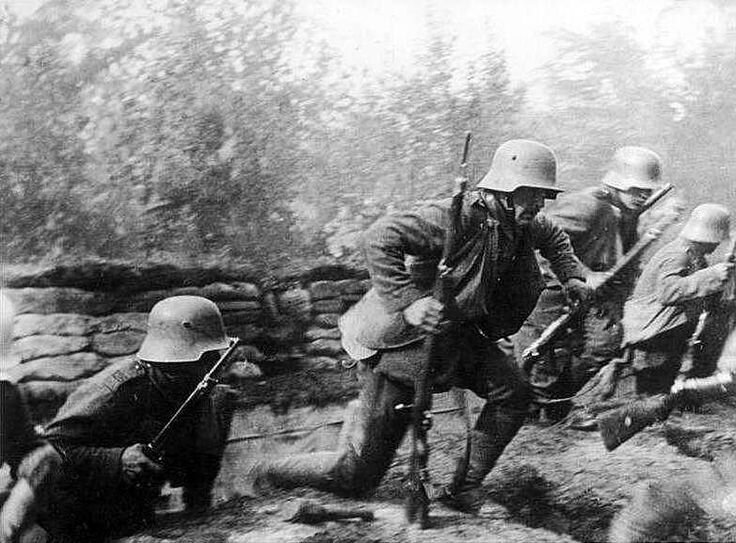




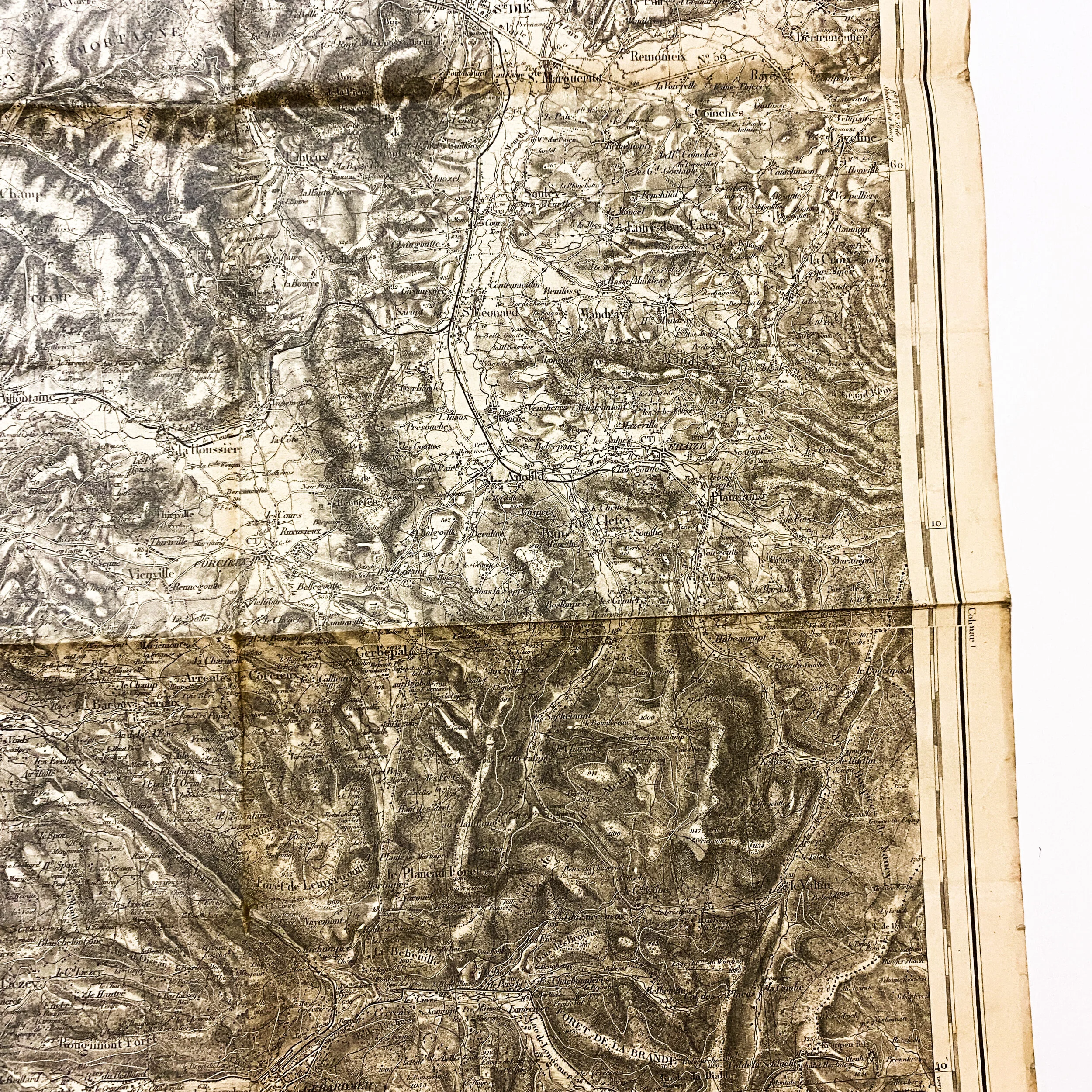


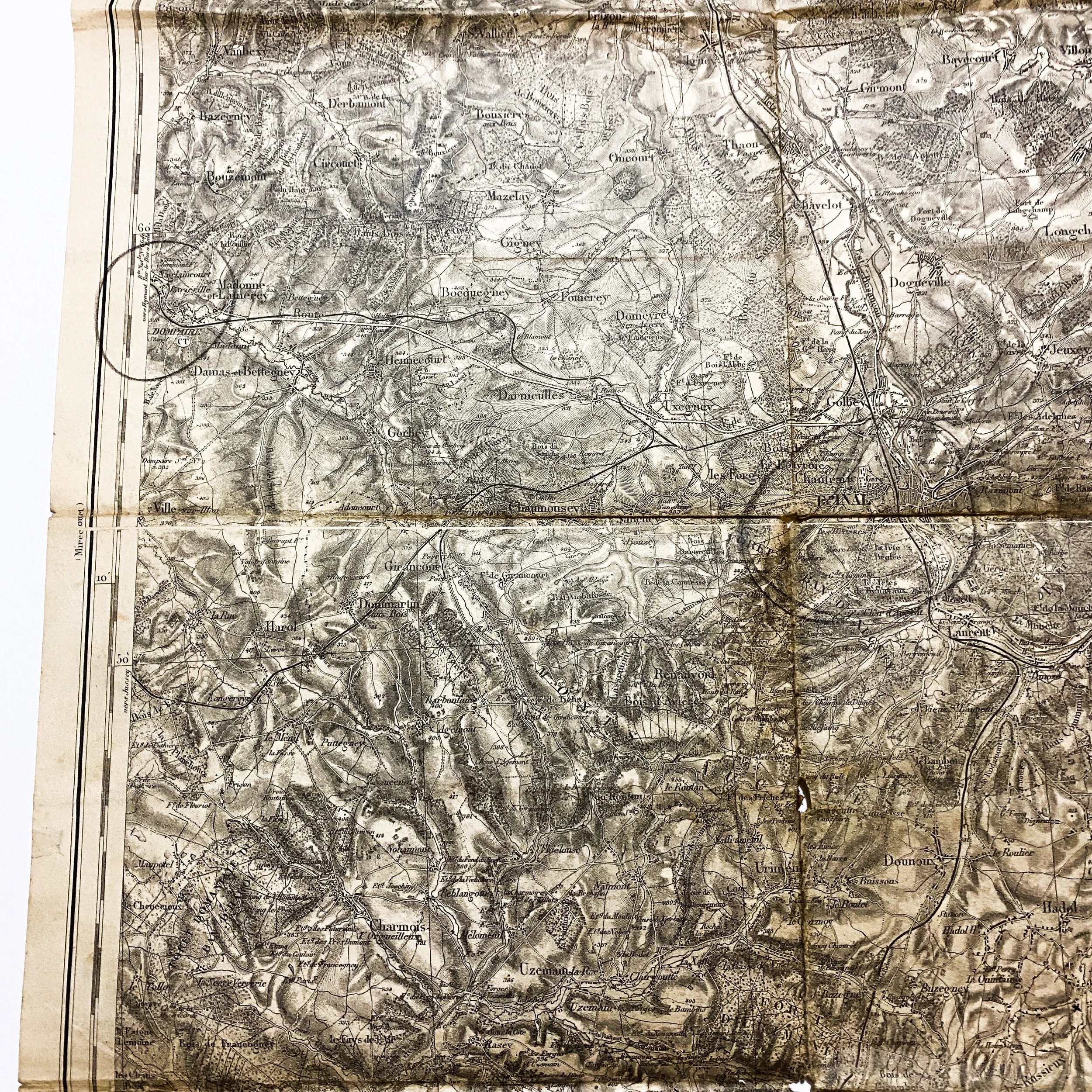






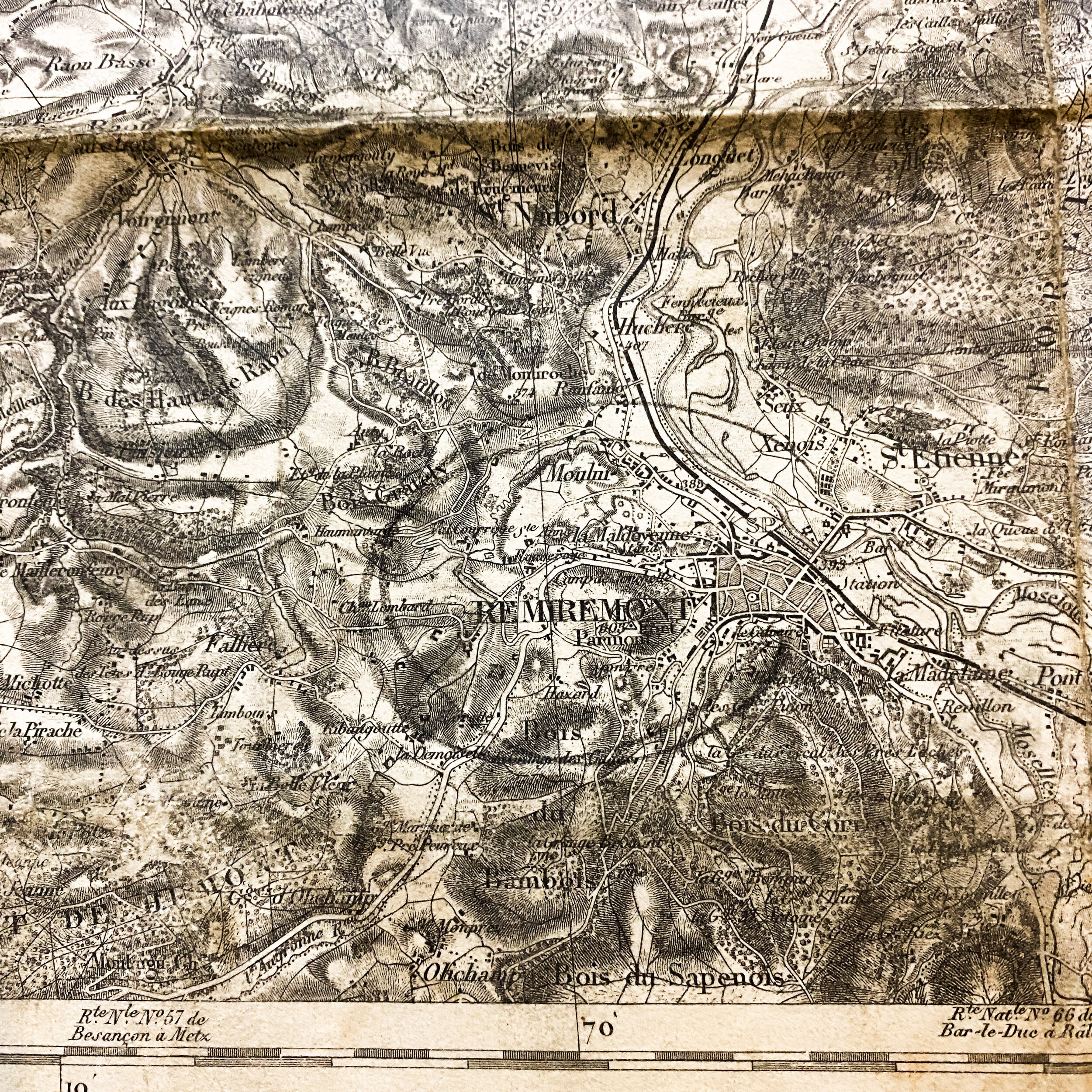


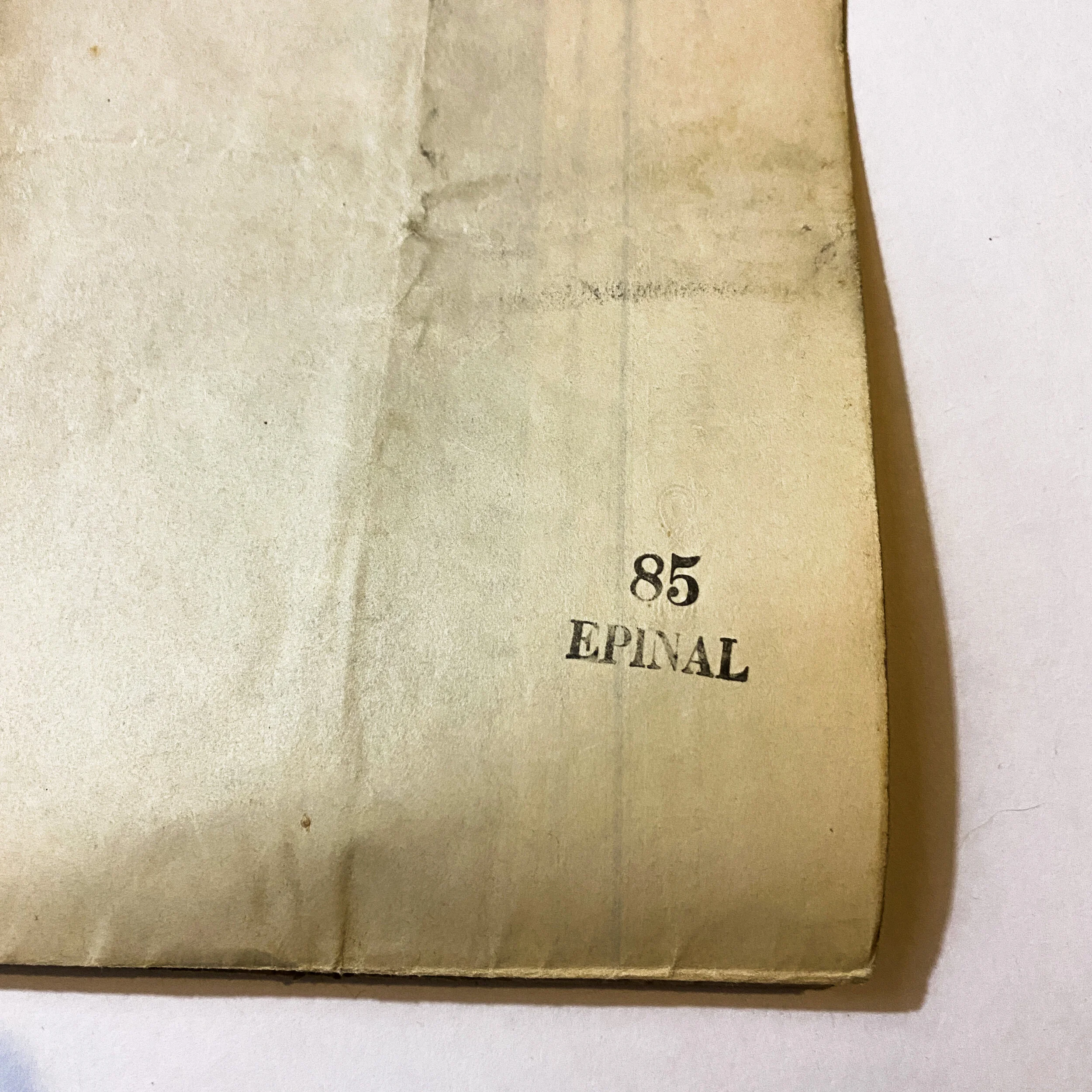

Large Captured German Combat Map of 'Epinal' France Sector
Size: 33.25 x 23.25 inches
This original WWI German combat map of the ‘Epinal’ France sector. This map is one of 45 taken off of a German major on the battlefield of ‘Rupt en Weurve’ in the St. Mihiel Sector on September 13th, 1917 by Lieut. Harry G. Sheldon of the A.E.F. forces. This is one of the few maps in the collection that is of larger size. This map features the entire Epinal sector and comprises all sets of 4 smaller Epinal maps being label A,B,C and D. This map has operational markings done by the German soldiers and in the area using the map and has the towns of Remiremont, Dompaire, and Epinal circled. This map also contains the signature of a German soldier on one of the backside panels.
This map would have utilized and used in the Epinal sector also located near the towns of Nancy and the Vosges Mountains.
After the failure of the French offensives in the Battle of Lorraine on 20 August 1914, the French Second Army was ordered by Joffre on 22 August to retreat to the Grand Couronné de Nancy, heights near Nancy, on an arc from Pont-à-Mousson to Champenoux, Lunéville and Dombasle-sur-Meurthe, to defend the position at all costs. On 24 August, Rupprecht and the 6th Army tried to break through the French lines on the Moselle from Toul to Épinal and encircle Nancy. After the Battle of the Mortagne, an attempt by the Germans to advance at the junction of the French First and Second armies. A lull followed from 28 August – 3 September, then the Germans simultaneously attacked Saint-Dié and Nancy in the Battle of Grand Couronné. After the failure of the Battle of Mortagne, the capture of Nancy would have been an important German psychological victory and the German Emperor Wilhelm II came to supervise the offensive. The German attack was part of an offensive of all the German armies in France in early September and a German success would have outflanked the right of the French armies from the east. Castelnau had to send several divisions westwards to reinforce the Third Army.